A sad woman on the beach gazes out to sea, desperately waiting for someone or something to come to her, her young child tucked under her arm and nestled against her breast. She is leaning on a boat, which could mean that she is waiting for her fisherman husband who has gone out to sea. Engravings from the mid-19th century by Rollet show us the exact same subject, probably the original of a painting that has been lost, digitized by the departmental archives of the Somme and the MBA in Angers. The engravings are called “L'Inquiétude” (Anxiety).
To understand the attribution of the original work to Jean Augustin Franquelin, and the signature “P.TANERA” in the lower right corner, we must look back at the artist's earlier works. This subject is similar to a “pensive young woman with a crown of flowers,” attributed to him following a sale in 2005, to “the young mother,” kept at the Grenoble Museum and painted by Franquelin before 1834, but above all to “Evirchoma,” a canvas presented at the 1824 Salon by Franquelin. This Parisian painter exhibited at the Salon from 1819 to 1839.
In the first volume of Ossian en France, published in 1917, Professor Paul Van Tieghem summarizes the story of Evirchoma in these words:
"And above all, how could a sensitive soul not be deeply moved upon seeing the beautiful Evir-Choma, warned by a dream, embark alone with her child to find her husband, to see him on the beach, exhausted and covered in wounds, and to offer him her breast to feed him with her milk, just as her mother Crisollis had once fed her husband Casdu-Conglas? When Gaul refuses, she tries to carry him on her shoulders to the skiff, but she succumbs to the effort, and they both perish; only the child survives, and is found in the boat, rocked by the waves." The genre scene presented here, of a woman with a blue headband, is obviously not mythological, but takes on the atmosphere of Ossianic dreams inherited from Franquelin's previous works.
Despite the neoclassicism of Regnault, his master, Franquelin's outdoor compositions are romantic, often with stormy skies, as here. The reefs, the empty, leaky boat from which a fishing line hangs, the tear escaping from the woman's eye—the tension is palpable. The scene is poignant, but not as exotic as the compositions of his rival Louis Léopold Robert.
The work was made in the 1830s was created by Pauline Tanera, a young painter who exhibited at the Salon in 1835 and 1839 under her own name, which was rare at the time. It is likely that this is a studio copy and that she was a student of Franquelin. Franquelin's original may have been presented at the Salon of 1827, under the name “The Sailor's Widow,” number 415.



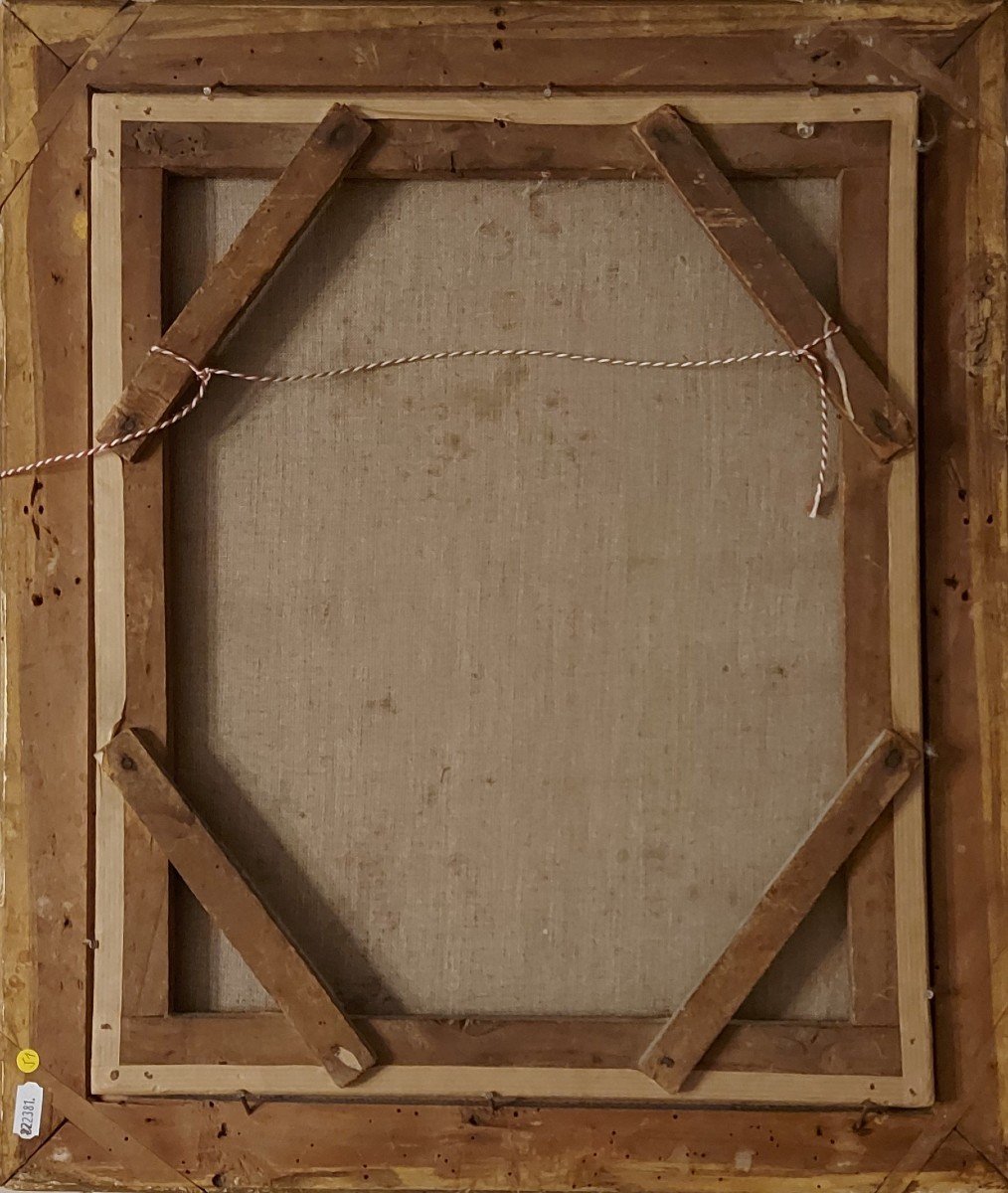









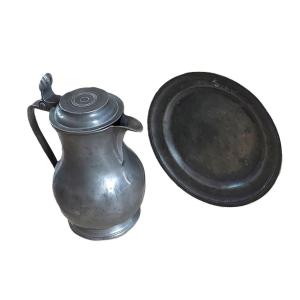
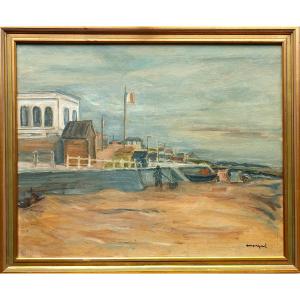














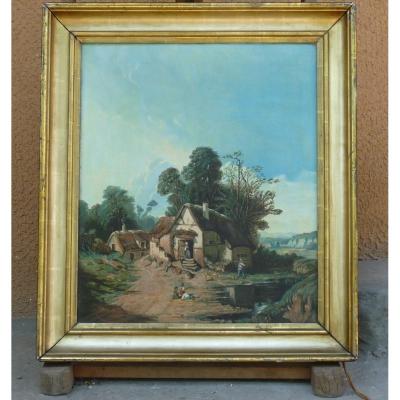

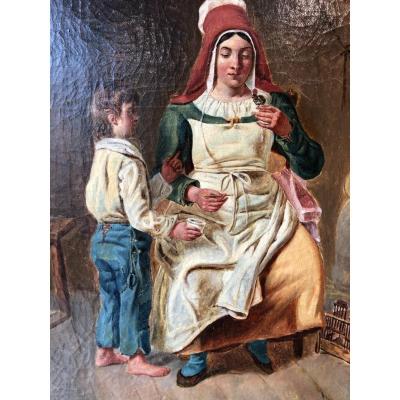




 Le Magazine de PROANTIC
Le Magazine de PROANTIC TRÉSORS Magazine
TRÉSORS Magazine Rivista Artiquariato
Rivista Artiquariato